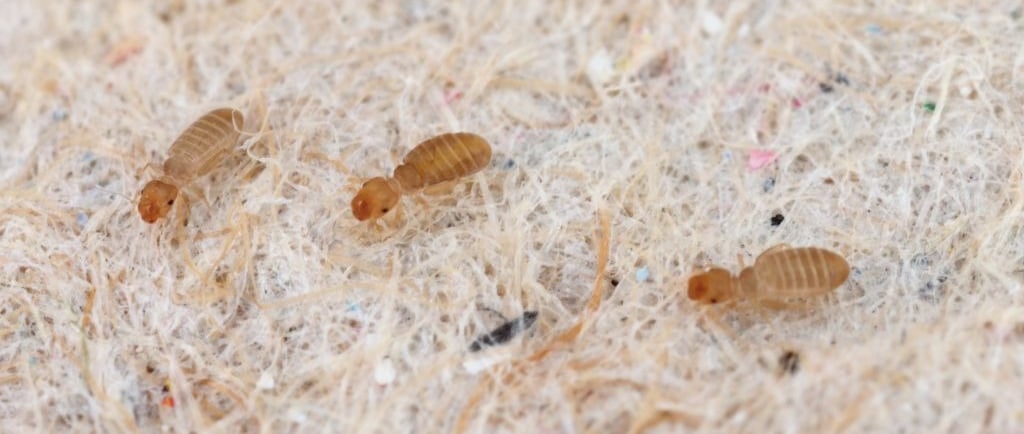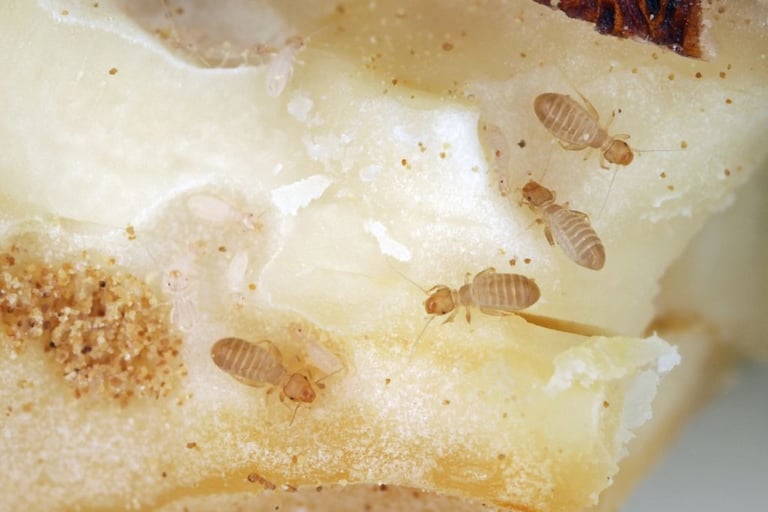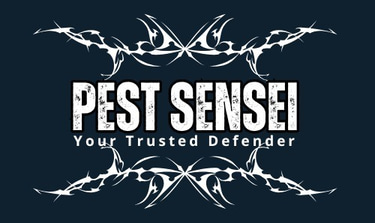Tiny Bugs on Your Walls? Why They’re There and How to Stop Them
Noticed suspicious and tiny bugs crawling on your walls or furniture? You might be dealing with booklice! Learn how to deal with them now!
Chan, H.H.


Booklice are tiny insects that often go unnoticed—until they start appearing in large numbers. Many people mistake them for bedbugs or other biting pests, especially when they experience skin irritation. However, booklice do not bite or cause direct harm to humans. Instead, their presence is a sign of high humidity, which can lead to mold growth and other issues in your home.
So, if you've spotted these minuscule bugs crawling on your walls, bookshelves, or furniture, don’t panic! This guide will help you understand what booklice are, why they invade homes, and what you can do to get rid of them effectively.
What Are Booklice?
Booklice (also known as psocids) are small, soft-bodied insects that thrive in damp and humid environments. Unlike true lice, they don’t feed on blood or live on animals. Instead, they survive on mold, fungi and organic materials, as well as starch-based food such as grains and glues.
These insects are typically 1–2 mm in length and can be translucent, whitish, grayish, or light brown. Some species have wings, while others are completely wingless. Despite their name, booklice are rarely found in books unless the pages have mold growth.
Common Misconceptions About Booklice
Because booklice are so small, many homeowners mistake them for biting pests. However, they do not bite, sting, or cause skin irritation. If you’re experiencing itchy reactions, another culprit—such as dust mites, bed bugs, or allergic reactions to mold—might be to blame.
Rather than worrying about booklice themselves, it’s more important to address the root cause: excess moisture and mold growth.
Why Are Booklice in My Home?
Booklice thrive in humid conditions because their primary food source—mold—grows in damp environments. You’re more likely to encounter booklice if:
Your home has water seepage or leaks.
You use a humidifier frequently.
Your cabinets, walls, or bookshelves have poor ventilation.
You store food in damp conditions, particularly cereal, flour, or grains.
Since booklice reproduce quickly, a small unnoticed population can grow into a visible infestation within weeks.


How to Get Rid of Booklice
Unlike other household pests, booklice infestations are usually localized. This means that addressing the source of humidity can help eliminate them for good. Here’s what you should do:
1. Reduce Humidity
Use a dehumidifier to maintain indoor humidity below 45%.
Turn of your humidifier. Like many parts of Malaysia, Johor Bahru is hot and humid. You do not need a humidifier at home!
Improve ventilation by opening windows, using exhaust fans, or turning on air-conditioners.
Repair any leaks or water seepage in your home.
2. Remove Their Food Source
Clean mold-prone areas with mold removers.
Store dry food in airtight containers to prevent contamination.
Discard any food products that show signs booklice.
3. Eliminate Existing Booklice
Wipe down affected surfaces with an alcohol-based disinfectant to kill booklice on contact.
Avoid spraying insecticides, as booklice infestations are best handled by controlling humidity.


High Humidity and Health Risks
Presence of booklice indicate excess moisture, which doesn’t just attract pests—it can also impact your health. High humidity encourages mold growth, leading to allergies, skin irritation, and respiratory issues. Mold spores can trigger asthma, while prolonged exposure may worsen conditions like eczema. Keeping humidity low not only prevents booklice but also promotes a healthier home environment.
Preventing Future Infestations
Booklice are unlikely to return if you keep your home dry and well-ventilated. Regularly check your home water leakage, fix any sources of excess moisture, and store food properly. By maintaining a dry environment, you’ll not only prevent booklice but also improve indoor air quality and protect your home from structural damage caused by mold.
Pest Sensei
Expert pest control solutions for your needs in Johor Bahru and surrounding areas.
© 2025. All rights reserved.
Powered by Solbright
